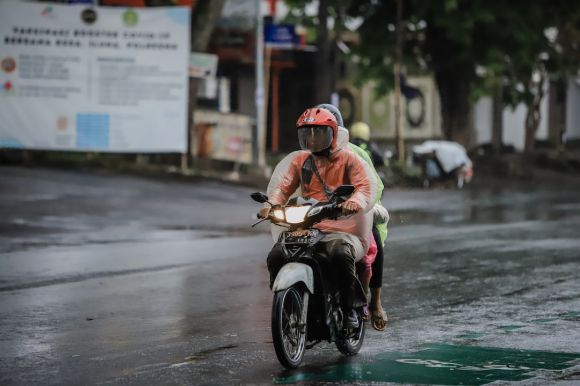Riding a bike in wet weather can be challenging and potentially dangerous. The rain can make the roads slippery, reduce visibility, and affect the overall control of the bike. However, with the right knowledge and precautions, you can ride safely even in wet weather conditions. Here are some essential tips to keep in mind when riding in the rain.
Check Your Tires
Before heading out, make sure your tires are in good condition and have sufficient tread. The tread helps to maintain traction on wet surfaces, preventing skids and slips. If your tires are worn out, consider replacing them with ones that are suitable for wet weather riding. Additionally, ensure that your tires are properly inflated to maximize their grip on wet roads.
Slow Down
One of the most important things to remember when riding in wet weather is to slow down. Wet roads can be treacherous, and it takes longer to stop or maneuver your bike. Reduce your speed and give yourself plenty of time and space to react to any potential hazards. By riding at a slower pace, you’ll have better control over your bike and be able to navigate safely through the wet conditions.
Brake with Caution
Braking in wet weather requires extra caution. Sudden or hard braking can cause your wheels to lock up, leading to a loss of control. Instead, apply the brakes gradually and evenly, using both the front and rear brakes. This distributes the braking force and helps to maintain stability. Remember to leave extra distance between you and the vehicle in front, as wet brakes tend to be less effective.
Avoid Puddles and Standing Water
Puddles and standing water on the road can conceal hazards such as potholes or debris. It’s important to avoid these whenever possible, as hitting them at speed can cause your bike to lose traction and skid. If you can’t avoid them, try to maneuver through them with caution, keeping your speed steady and your bike as upright as possible.
Keep a Safe Distance
Maintaining a safe distance from other vehicles is crucial in wet weather conditions. The spray from other vehicles can significantly reduce visibility, making it harder for you to see and be seen. To minimize this risk, increase the following distance and allow more space between you and the vehicle ahead. This will give you a clear view of the road and ample time to react to any sudden changes.
Wear the Right Gear
Proper gear is essential when riding in wet weather. Invest in a good-quality waterproof jacket and pants to keep yourself dry. Choose gear that is breathable to prevent excessive sweating and discomfort. Additionally, wear bright and reflective clothing to enhance your visibility to other road users.
Be Visible
In wet weather, visibility is key to staying safe. Make sure your bike is equipped with working headlights, taillights, and turn signals. Consider adding reflective tape or stickers to increase your visibility from all angles. It’s also a good idea to use hand signals to indicate your intentions when turning or changing lanes.
Conclusion
Riding in wet weather requires extra caution and preparation. By checking your tires, slowing down, braking with caution, avoiding puddles, keeping a safe distance, wearing the right gear, and being visible, you can greatly reduce the risks associated with riding in the rain. Remember, safety should always be your top priority, so take the necessary precautions and enjoy your ride even in wet weather conditions.
